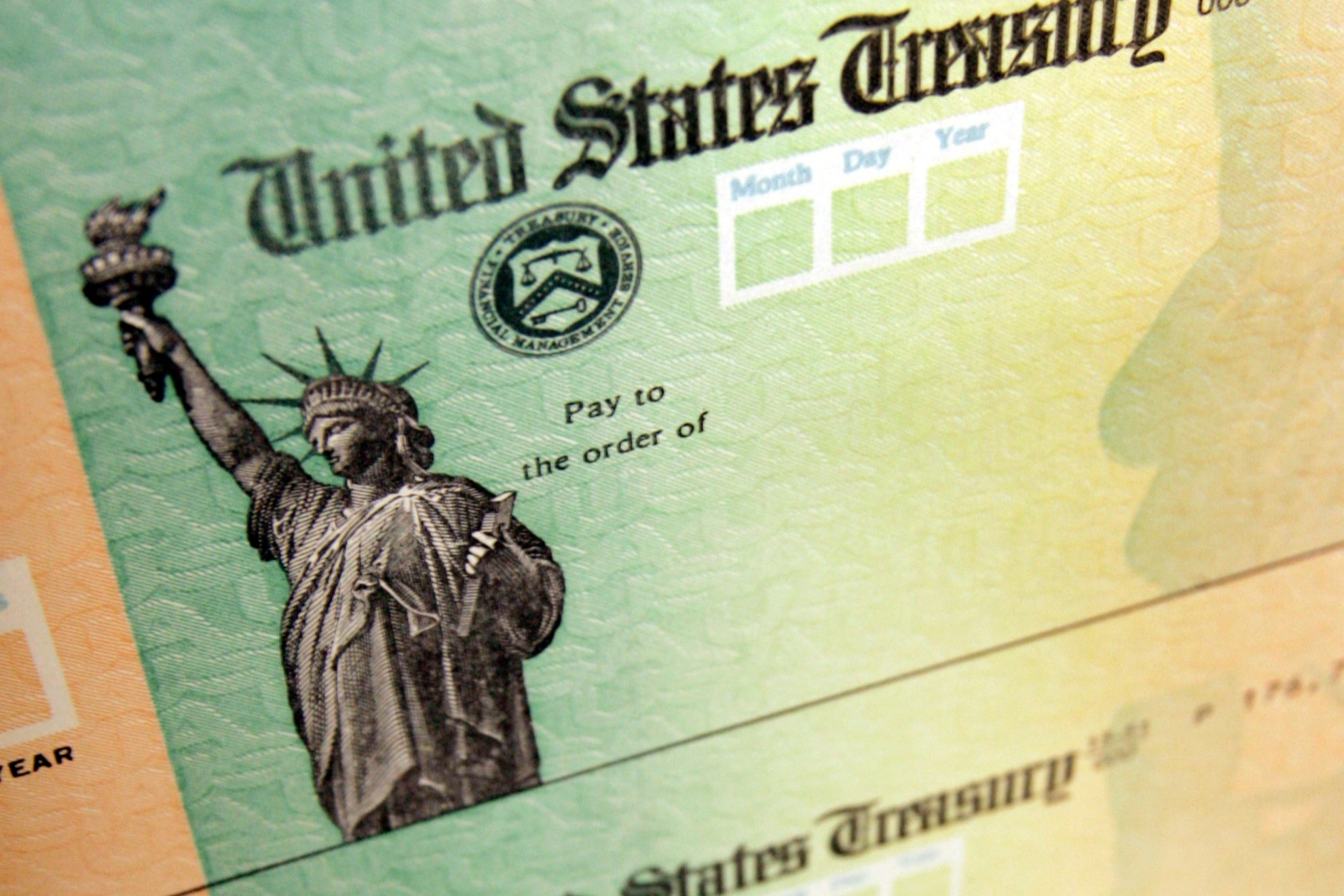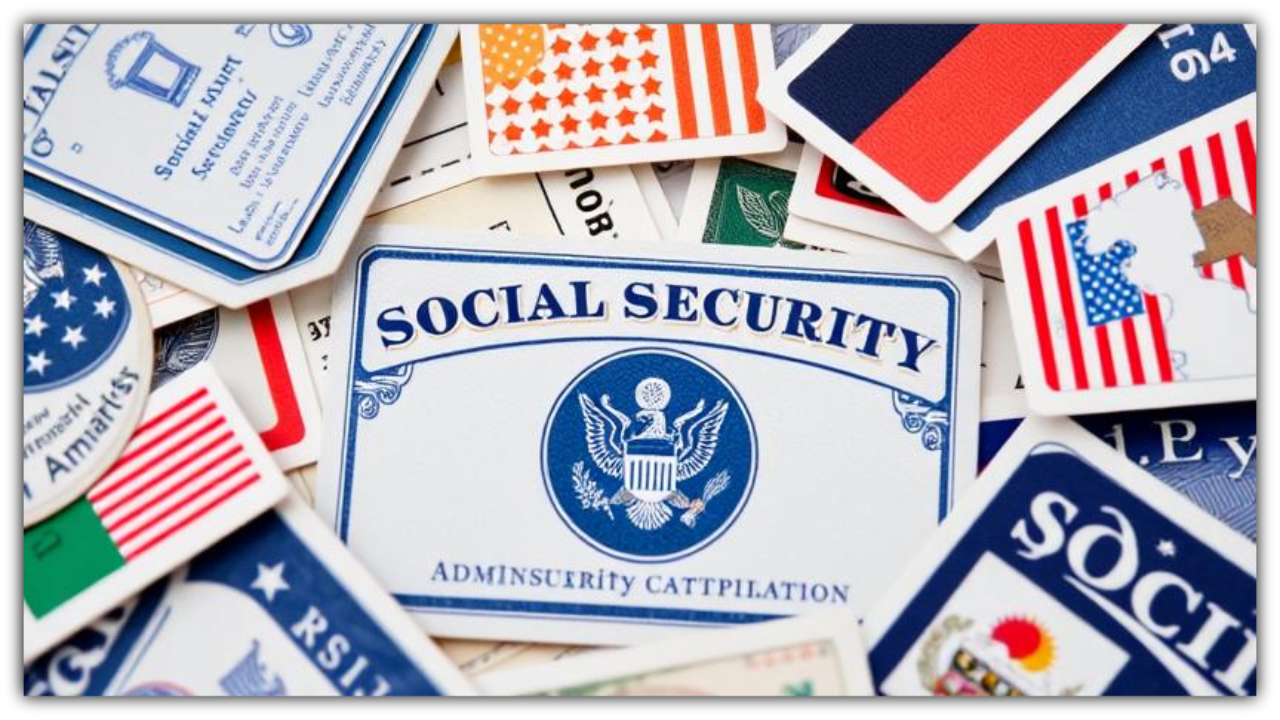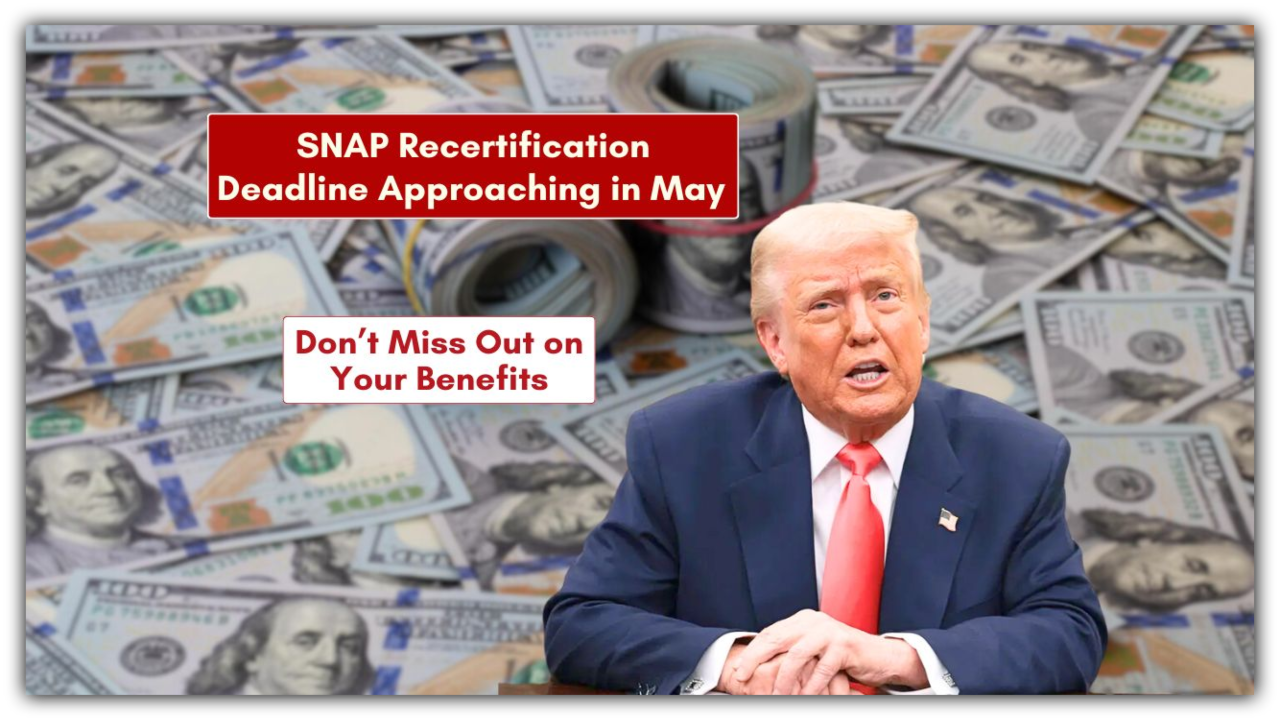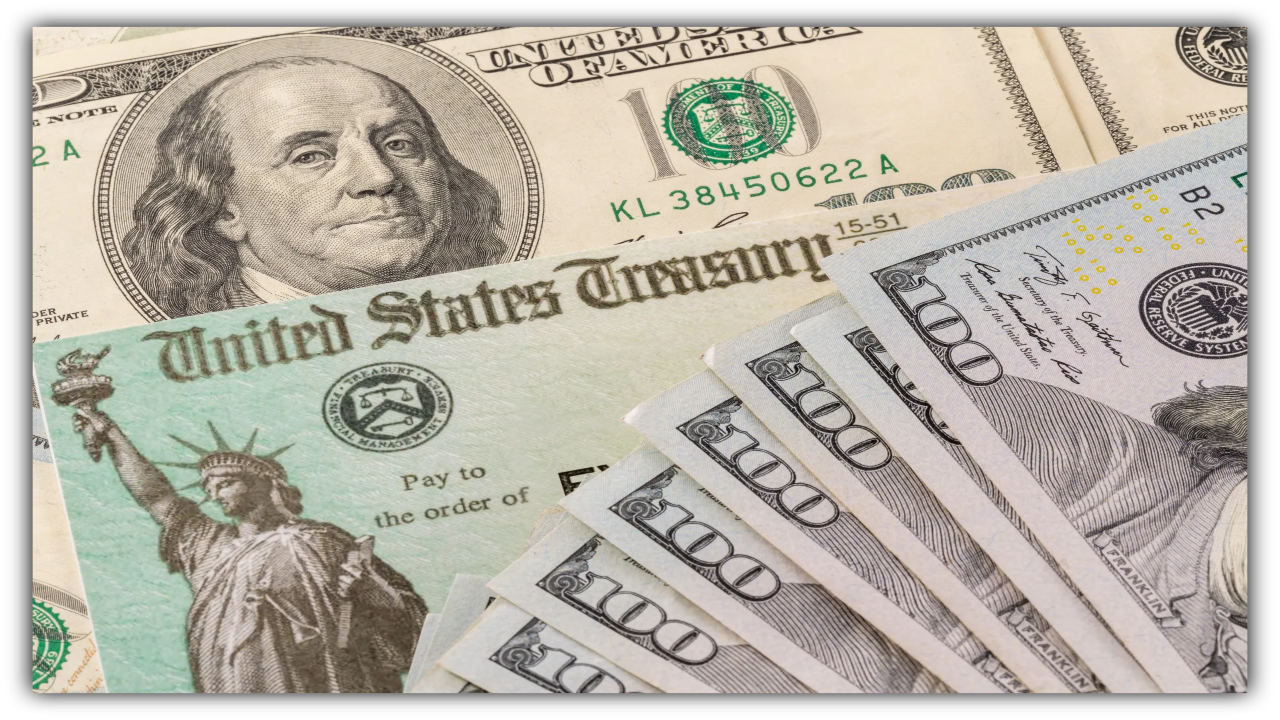Millions of Americans can breathe a little easier as the federal government begins distributing $1,702 stimulus payments this month. This one-time financial relief is aimed at helping households cope with rising costs and economic uncertainty. Here’s a closer look at who qualifies, when you’ll get your check, and how to ensure you don’t miss out.
Who Is Eligible for the Payment?
Not everyone will qualify for the $1,702 stimulus payment, so it’s important to check if you meet the criteria. Here’s what you need to know:
- Income Requirements:
- If you’re a single filer earning up to $75,000, you’ll receive the full payment. Those making up to $100,000 may qualify for a reduced amount.
- Married couples filing jointly with combined incomes up to $150,000 can claim the full $1,702. The benefit phases out for couples earning up to $200,000.
- Heads of household qualify if they earn $112,500 or less, with a phase-out ending at $150,000.
- Residency and Citizenship:
You must be a U.S. citizen, permanent resident, or a qualifying non-citizen with a valid Social Security number. - Tax Filers:
The IRS will use your most recent tax return to determine eligibility. If you haven’t filed for 2024 yet, they’ll look at your 2023 return.
When Will You Get Your Stimulus Payment?
The IRS has outlined a timeline for how payments will be distributed:
- Direct Deposits: These started on January 15, 2025, and are sent to people who have their bank information on file with the IRS. Most payments should arrive within 3–5 business days.
- Paper Checks: Mailing began on January 20, 2025. Depending on where you live, your check may take several days or weeks to arrive.
- Prepaid Debit Cards: For some, payments will come as debit cards, which will start going out on January 25, 2025.
How to Claim Your Payment
If you think you qualify, here’s what you need to do to make sure you receive your stimulus payment:
- File Your Taxes: If you haven’t already, file your 2023 or 2024 tax return. This is the main way the IRS determines eligibility and payment details.
- Update Your Information: Visit the IRS website to verify your banking and mailing information using their Get My Payment tool.
- Non-Filers: If you don’t typically file taxes because of low income, you can use the IRS Non-Filers Tool to submit your information.
- Track Your Payment: Use the IRS’s payment tracker online to check the status of your stimulus payment.
What If You Don’t Receive Your Payment?
If your payment hasn’t arrived by early February, there are steps you can take:
- Contact the IRS to confirm your eligibility and payment status.
- Make sure your most recent tax return is accurate and updated with the correct information.
- If your payment was sent but lost or delayed, you can request a payment trace through the IRS.
What’s Next?
The $1,702 stimulus payment provides a welcome financial boost at the start of 2025. It’s a one-time payment, so it’s important to act quickly to ensure you’re included. If you meet the eligibility requirements, file your taxes, and update your details with the IRS to avoid any delays.
For more information, visit the IRS website or contact a tax advisor for assistance




